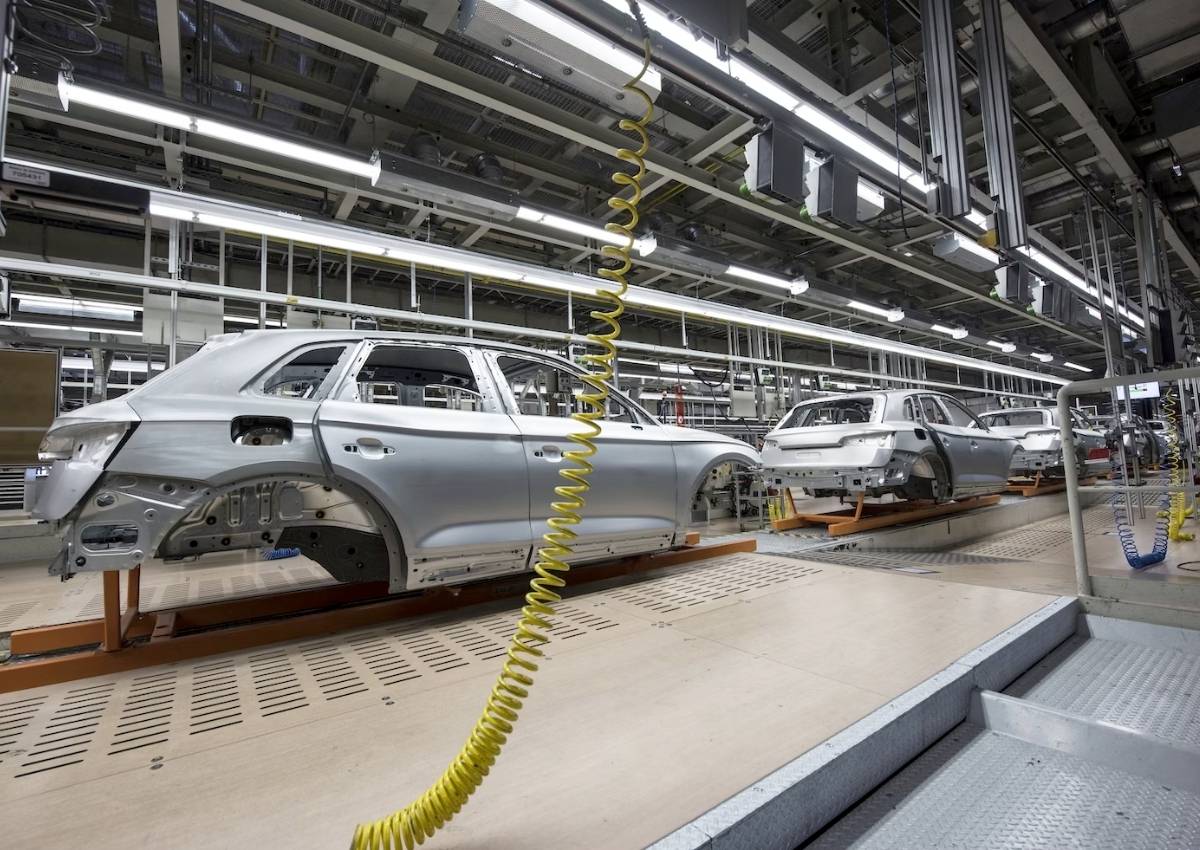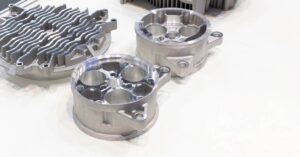As the automotive industry continues to evolve and innovate, one unsung hero behind the scenes is die casting. This integral process has been instrumental in bringing about the sweeping changes we’ve witnessed in the automotive sector over the past few decades. But how exactly has die casting shaped the vehicles we drive today, and what role will it play in the future of transportation?
Die Casting 101
Before delving deeper into the subject, it’s essential to understand what is die casting and how does it work. At its core, die casting is a metal casting process that forces molten metal into a mold cavity under high pressure.
Materials used
Typical metals used include zinc, aluminum, magnesium, and copper.
Why it’s popular
This method offers a high degree of accuracy, repeatability, and allows for intricate designs and thin-walled components, all of which are critical in automotive design.
Driving Change in the Automotive Landscape
Here’s how die casting has steered the direction of automotive design and innovation:
Lightweight & Fuel Efficiency
As the push for greener solutions intensifies, reducing vehicle weight becomes crucial for fuel efficiency. Aluminum and magnesium, frequently used in die casting, are lightweight metals that replace heavier steel parts.
Result: Improved fuel consumption and reduced CO2 emissions.
Durability & Performance
Die casting enables the production of components with tight tolerances and excellent dimensional stability.
This ensures long-lasting parts that withstand the rigors of daily use, enhancing vehicle longevity and performance.
Complex Designs & Integration
Modern vehicles aren’t just about transportation; they’re marvels of engineering. Advanced safety features, improved aerodynamics, and enhanced aesthetics require intricate parts.
With die casting, manufacturers can integrate multiple functions into a single component, streamlining assembly processes and leading to more cohesive designs.
Stepping Stones for the Future
As we navigate towards an era of electric vehicles (EVs) and increased digitization, die casting remains pivotal.
- Battery casings for EVs – Electric vehicles need robust and lightweight battery casings. Die casting provides an efficient way to manufacture these, ensuring they’re protective, durable, and don’t add unnecessary weight.
- Thermal management – EVs and advanced electronics in vehicles necessitate effective thermal management. Die-cast parts, especially those made from aluminum, play a role in dissipating heat efficiently.
- Electronics integration – As vehicles become more connected, the demand for intricate electronic components grows. Die casting offers precision and consistency, which are vital for these delicate parts.
Challenges & Solutions
No revolution is without its challenges, and die casting is no exception. Here are some of the hurdles faced by the industry and how they’re being addressed:
Environmental Concerns
Challenge: Die casting can be energy-intensive, particularly when using metals. This raises concerns about its carbon footprint.
Solution: The industry is investing heavily in sustainable energy sources and recycling methods. Recycled metals like aluminum, for instance, require less energy to cast, reducing environmental impact.
Complex Geometries
Challenge: As automotive designs become more intricate, the demand for complex geometries in parts increases.
Solution: Advanced simulation software and mold flow analysis allow for the prediction of how molten metal will flow, ensuring accurate and detailed components.
Cost Implications
Challenge: High-quality dies and advanced machinery can be expensive, which may drive up manufacturing costs.
Solution: Continued R&D, coupled with economies of scale, are leading to more cost-effective manufacturing solutions, ensuring affordability without compromising quality.
The Road Ahead: Future Prospects
Die casting’s journey doesn’t stop here. Here’s a glance at what’s on the horizon:
- Integration with AI and robotics – Though we’re focused on the human side of things, it’s hard to ignore the technological advancements in manufacturing. Robotics, combined with precise die casting, can lead to even more efficient and error-free production.
- Nanostructured alloys – Research is underway to develop nanostructured alloys for die casting. These materials promise to offer even better strength-to-weight ratios, enhancing vehicle performance.
- Sustainable practices – As with all industries, the die casting sector is continually evolving to adopt greener practices. This includes everything from waste reduction to more energy-efficient casting processes.
The Role of Die Casting in the Automotive Revolution
The automotive revolution is a symphony of various innovations and processes working in harmony, and die casting has firmly established itself as one of the lead instruments in this orchestra. As cars become more efficient, advanced, and environmentally friendly, the die casting process will adapt, innovate, and continue to play a pivotal role.
For automakers, manufacturers, and even the everyday driver, it’s a relationship that promises to drive us into a more sustainable, efficient, and exciting future. As we steer towards new horizons, the role of die casting in shaping the future of transportation becomes even more evident. It’s a journey worth watching and, more importantly, worth being a part of.
If you want to find out more, please do not hesitate to get in touch with our experienced and innovative team, who will be more than happy to help.






